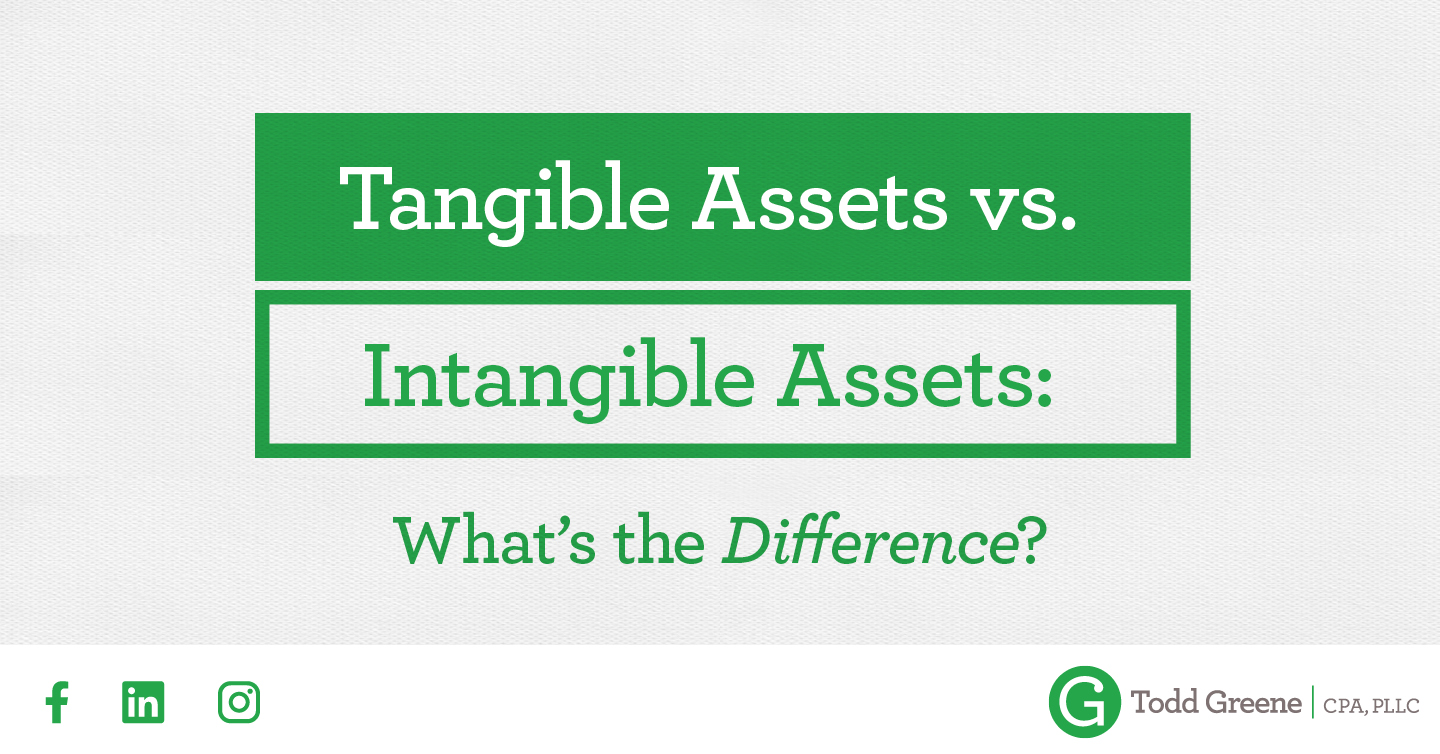Businesses have many kinds of assets, including tangible assets vs. intangible assets. But what’s the difference? Let’s take a look!
What is a tangible asset?
A tangible asset is an asset that has a physical form, meaning it can be held and manipulated. These types of assets can typically be transacted for some type of monetary value through liquidity.
The owner of the tangible asset can decide to hire an appraiser who determines the fair market value of the asset, or they can choose to sell the asset for cash.
Types of tangible assets
Tangible assets come in two categories: current and fixed. Current assets are those that can be easily used and converted to cash. Fixed assets, on the other hand, have a lifespan of one year or more. For example, inventory is considered a current asset, and things like property and equipment are considered fixed.
There are many types of tangible assets. Some common forms include:
- Equipment
- Furniture
- Inventory
- Land
- Property
- Vehicles
Things such as stocks and bonds are also considered tangible assets, even though they cannot be held. This is because they derive their value from contractual claims.
What is an intangible asset?
An intangible asset is an asset that is not physical. This type of asset is recorded at its cost when acquired. Some intangible assets have a limited life and are more amortized to expense, while others have an unlimited life and are not amortized.
Types of intangible assets
The market value of a company’s intangible assets is often far greater than that of its tangible assets. Examples of intangible assets include:
- Copyrights
- Patents
- Mailing lists
- Trademarks, brand names and logos
- Domain names
- Goodwill
Summary
With that, it is now time to take a look at your tangible assets vs. intangible assets. Not sure where to get started or how to record them? Don’t stress—contact Todd Greene for all your booking and accounting needs!
And since you’re here, continue to check out our blogs for more accounting tips and news.







Leave A Comment